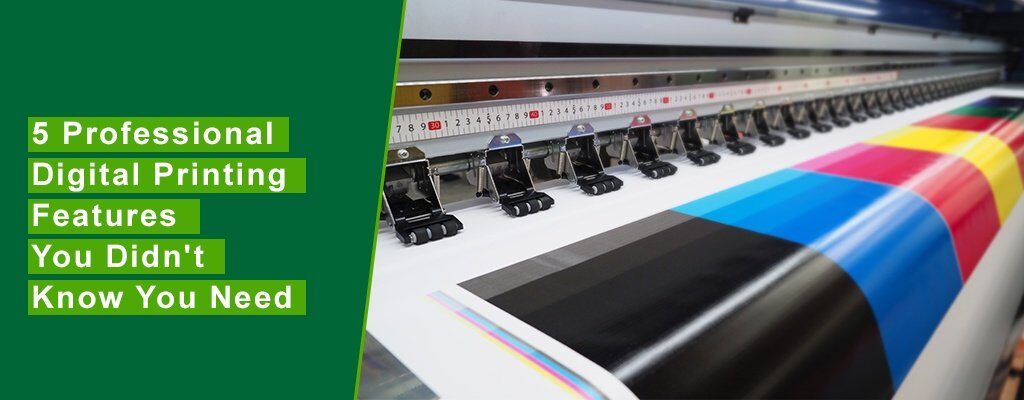Many designers are transforming their work into profit through print on demand.
Many designers are transforming their work into profit through print on demand.
Blog Article
Recognizing How Digital Printing Revolutionizes the Printing Sector
The printing market, long soaked in typical approaches, is going through an extreme transformation with the arrival of electronic printing. This cutting-edge innovation, which shuns the requirement for printing plates, makes it possible for rapid manufacturing and personalization, reshaping the landscape of print interaction. With its possible to spur interaction via individualized content and to offer lasting options, it's clear that digital printing is even more than a technological breakthrough; it's a pivotal video game changer. How precisely does it change the industry? Let's discover.
The Evolution of Digital Printing: A Brief Review
Considering that its inception, electronic printing has actually undertaken significant changes, consistently changing the printing market. With the advent of the 90s, electronic printing innovation began to grow, and the market observed the intro of direct imaging presses, which eliminated the need for publishing plates. As the new millennium unravelled, developments in modern technology further spurred the growth of electronic printing, leading to the development of high-speed inkjet printers.

Unloading the Innovation Behind Digital Printing
Exploring the complexities of electronic printing technology, one comes across a rich tapestry of sophisticated equipment and facility algorithms. At the heart of this process lies an electronic photo, which is refined by software that divides it into a grid of dots. These dots are after that exchanged a digital code. This code is interpreted by the printer, which uses it to precisely deposit beads of ink onto the substratum. The beads are so tiny and precise that they develop an image that is virtually identical from the original. This complex system, strengthened by advanced software application and high-resolution imaging, has actually changed the landscape of the printing industry, paving the means for unmatched levels of detail and accuracy.

The Advantages of Digital Printing for Organizations
Comprehending the innovation behind digital printing gives a clear image of its accuracy and information. Electronic printing is environmentally friendly, utilizing much less ink and generating less waste. The full potential of electronic printing is realized when made use of for modification and customization, a subject that will certainly be covered in depth in the next click to read section.
The Function of Digital Printing in Customization and Personalization
While conventional printing approaches battle with modification and personalization, electronic printing succeeds in these areas. It enables the easy modification of designs, without the demand for expensive and time-consuming plate changes (print on demand). This makes it possible for businesses to customize products to specific customers, visit this website conference particular demands and boosting customer fulfillment
Digital printing also permits variable information printing, where aspects such as message, graphics, and pictures might be changed from one published piece to the next, without reducing the printing procedure. This is especially advantageous for straight advertising campaigns, where customized messaging can significantly enhance response rates. This way, digital printing not only transforms the printing sector however additionally changes the method companies connect with their consumers.
Evaluating the Ecological Effect of Digital Printing
Although digital printing has actually been admired for its duty in customization and personalization, it is vital to analyze its ecological impact. Digital printing can be less wasteful than conventional approaches, due to the fact that it runs on a 'print on demand' basis, eliminating the requirement for large print runs that can lead to excess and waste. In addition, it uses less chemicals and produces much less unstable natural substances (VOCs) contrasted to offset printing. Nonetheless, the energy usage of digital printers can be high, bring about raised carbon footprint. The usage of non-recyclable printing elements and the difficulty of e-waste administration position considerable environmental concerns. While electronic printing has numerous advantages, its ecological influence should be conscientiously taken care of.
Verdict
Finally, electronic printing has changed the printing market, offering fast, affordable, and high-quality options. It helps with modification, enhancing consumer engagement, and uses a lasting print-on-demand version. As this technology remains to useful link progress, its effect on business communication, client complete satisfaction, and ecological sustainability becomes progressively extensive. Understanding these modifications is crucial for services to utilize the benefits of digital printing properly.
Report this page